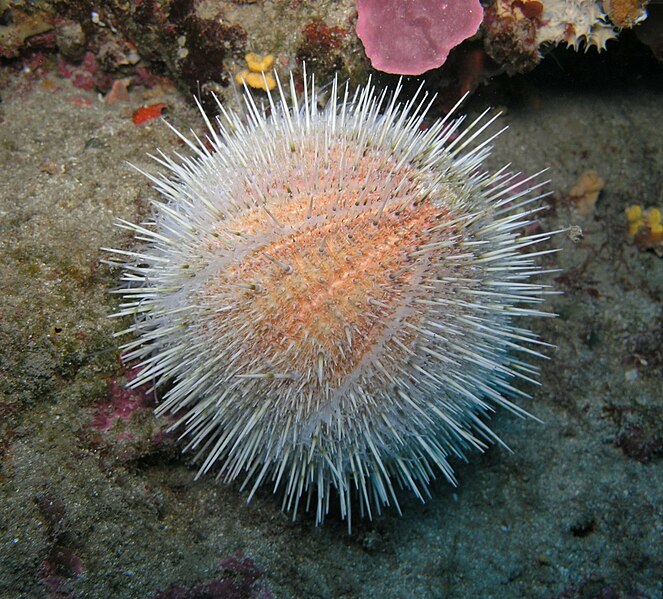Monoclonal antibodies specific to haemocytes of black tiger prawn Penaeus monodon
P. Winotaphan et al. / Fish & Shellfish Immunology 18 (2005) 18 9-198
Abstract
Monoclonal antibodies specific to haemocytes of Penaeusmonodon were generated from a mouse immunized with amixture of SDS-treated and formalin-fixed haemocytes. Hybridoma clones were selected by immunohistochemistry against fixed haemocytes, heart, lymphoid organ, and haemopoietic tissue, andWestern blot against haemocyte extract and haemolymph. Sixteen monoclonal antibodies specific to haemocytes were obtained and could be divided into six groups according to their binding capacities to various haemocyte proteins in Western blot analyses, 102, 43, w20, 61, 175 and w230 kDa, and their differences in recognition of haemocyte sub-populations. The first group of antibodies strongly recognized a small subset of semi-granulocytes (SG) and hyalinocytes (H) but occasionally stained lightly a very small population of granulocytes (G). The antibodies also bound to a group of cells in haemopoietic tissue as well as cells located at the inner layers of the tubules in the lymphoid organ but not in the spheroid. The second group of antibodies strongly bound to a large sub-population of Gand SG with coarse granules but did not bind to most of the H. This group of antibodies also cross-reacted with cells in the outer layer of the tubules in the lymphoid organ. The third group of antibodies recognized all G and only a small portion of SG. The fourth, fifth and sixth groups bound to sub-populations of G, SG and Hin similar proportions. None of the antibodies showed any cross-reactivity to other components in haemolymph. The common antigens recognized by the first and the second groups of antibodies in the haemopoietic tissue and the lymphoid organ may reflect relationships among these organs in the development of the sub-populations of G and SG. Haemopoietic tissue may be the site for haemocyte production and the lymphoid organ may be the site for further differentiation of at least two different lines of haemocytes.
2004 Elsevier Ltd. All rights reserved.Keywords: Granulocyte; Haemocyte; Haemopoietic tissue; Hyalinocyte; Lymphoid organ; Monoclonal antibody; Penaeus monodon; Semi-granulocyte
Baca jurnal selengkapnya:

